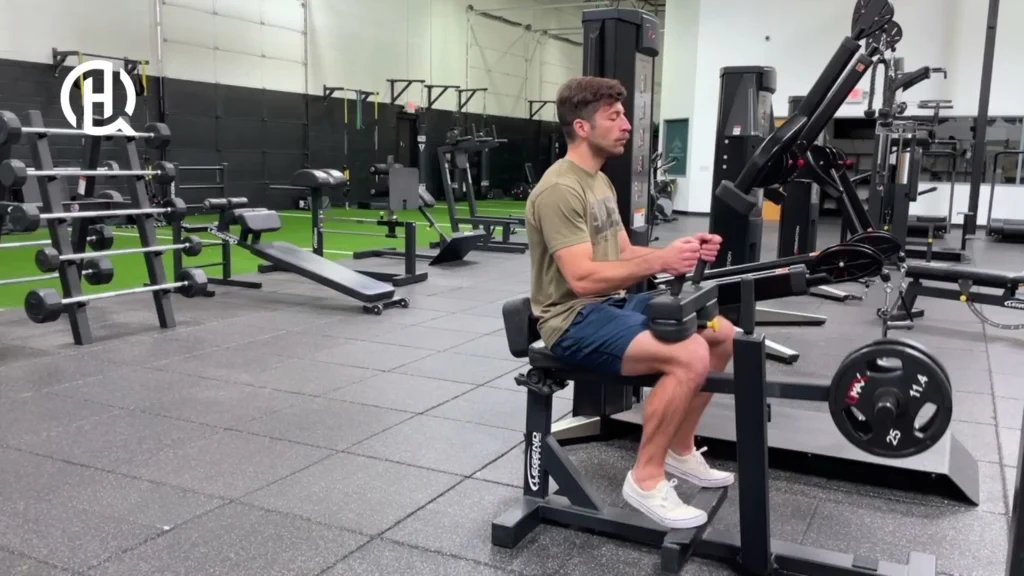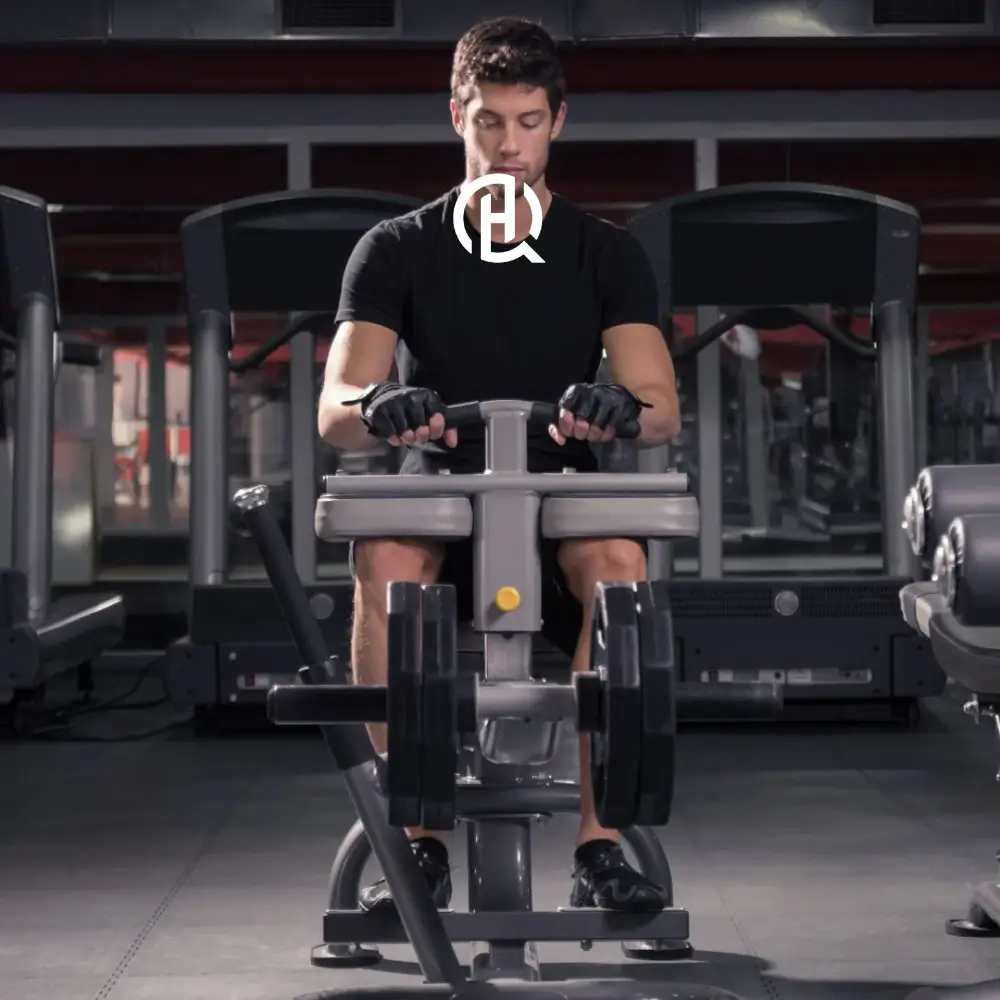

Want to get stronger, leaner, and take your fitness to the next level? Explore our workout programs now!
The seated calf raise may not seem as exciting as the big compound lifts, but this machine-based exercise is ideal to develop full, powerful lower legs. Whether you want ankle support, larger calf muscles, or better lower-body power, the seated calf raise works a major muscle that standing versions frequently overlook: the soleus.
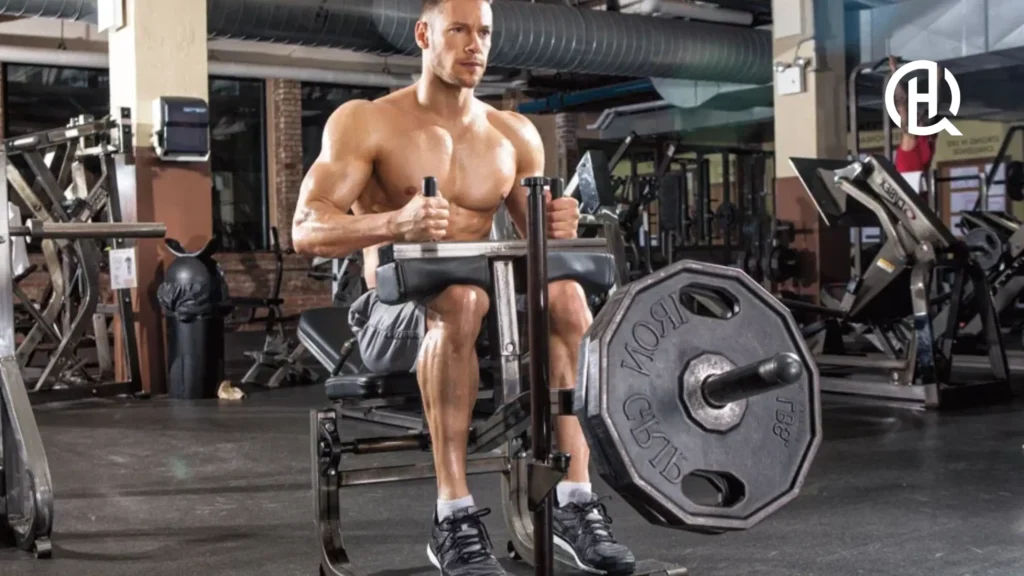
This guide explains how to complete seated calf raises with proper technique, points out the underappreciated advantages of integrating them into your training, reveals popular slip-ups that slows development, and provides expert advice to help you take advantage of every rep.
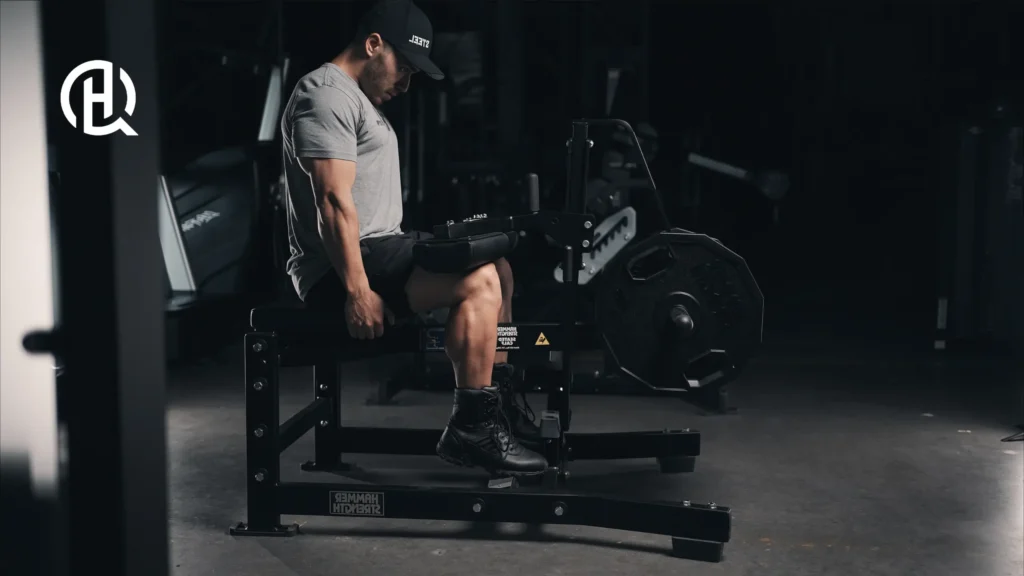
Note: If the movement doesn’t feel natural, change your foot position slightly or lighten the load. When you are properly aligned, your joints are supported and the right muscles are working.

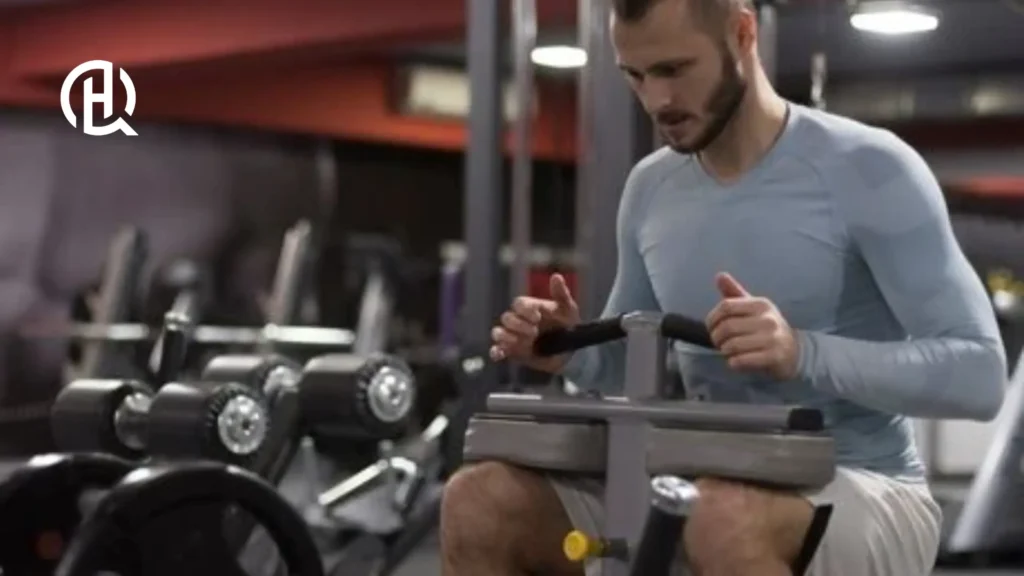
A common mistake is jumping to heavy weights before you’ve nailed the form. Going too heavy too soon can mess with your range of motion and increase the risk of injury. Start light, focus on control, and really feel the muscle working.
Don’t skip the stretch at the bottom or the full squeeze at the top. Limiting your range means limiting your gains. Drop your heels fully, then rise onto your toes to maximize fiber recruitment.
Quick, jerky reps rely on momentum. The soleus is best stimulated by time under tension. Try and resist downwards for a good 2–3 seconds and give a good pause at the bottom and top.
Make sure the balls of your feet, not your toes — are on the platform. If your feet are too far forward, you’ll lose power and might even slip. Keep them centered so you can push through the movement more effectively.
If you’re doing the same reps with the same weight week in, week out, you’ll stall. Like everything else, you’ll have to progressively overload to make your calves grow.
